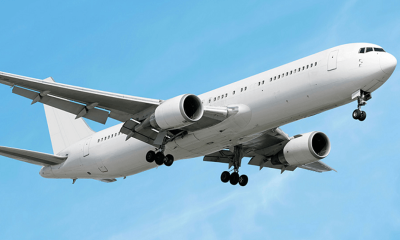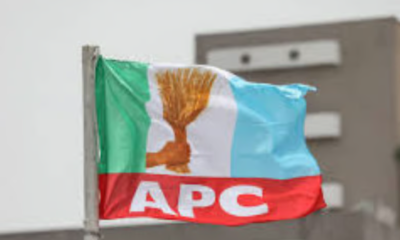Microsoft has added 13 new African languages to its Microsoft Azure Cognitive Services Translator, enabling text and documents to be translated to and from these languages across the entire Microsoft ecosystem of products and services.
Following last year’s release of Somali and Zulu, the latest African languages to be supported are chiShona, Hausa, Igbo, Kinyarwanda, Lingala, Luganda, Nyanja, Rundi, Sesotho, Sesotho sa Leboa, Setswana, Xhosa and Yoruba.
This brings the total number of supported languages to 124 and adds language support for millions of people in Africa and worldwide.
“It is so powerful to be able to access knowledge and learn in one’s own language. The addition of Hausa, Igbo and Yoruba builds on the ongoing work Microsoft is undertaking in Nigeria to empower our communities with access to content in indigenous languages,” says Ola Williams, Country Manager, Microsoft Nigeria.
READ ALSO: Microsoft addressing Africa’s connectivity issues to boost SMEs growth
Using Translator, people and organisations can add African languages’ text translation to apps, websites, workflows, and tools; or use Translator’s Document Translation feature to translate entire documents, or volumes of documents, in a variety of different file formats preserving their original formatting.
They can also use Translator with Cognitive Services such as Speech or Computer Vision to add additional capabilities such as speech-to-text and image translation into their apps. Educators can create a more inclusive classroom for both students and parents with live captioning and cross-language understanding.
Microsoft has continuously added languages and dialects to its Translator service while ensuring the translation quality of the supported languages by using the latest neural machine translation (NMT) techniques.
The company, through its Microsoft Research unit, first developed machine translation systems more than a decade ago – and has consistently built on and improved these systems and techniques, adopting NMT technology as Artificial Intelligence (AI) evolved and migrating all machine translation systems to neural models to improve translation fluency and accuracy.
READ ALSO: How tech is Enabling Sustainable Development in Africa–Microsoft
Working with partners in language communities who can help gather data for specific languages and who have access to human-translated texts also helps to overcome the challenge of obtaining enough bilingual data to train and produce a machine translation model. This network of partners help collect bilingual data, consult with community members and evaluate the quality of the resulting machine translation models.
These ever-improving capabilities make it possible for businesses to expand their global reach, enabling them to communicate with customers and partners across languages and localise content and apps quickly, reliably, and affordably.
“Language should never be a barrier to using technology. With the addition of new African languages, more people and businesses will be enabled to connect across languages seamlessly,” says Williams.

 Health & Fitness2 days ago
Health & Fitness2 days ago
 Comments and Issues1 week ago
Comments and Issues1 week ago
 Featured6 days ago
Featured6 days ago
 Education1 week ago
Education1 week ago
 Business1 week ago
Business1 week ago
 Aviation4 days ago
Aviation4 days ago
 Business6 days ago
Business6 days ago
 Crime1 week ago
Crime1 week ago

